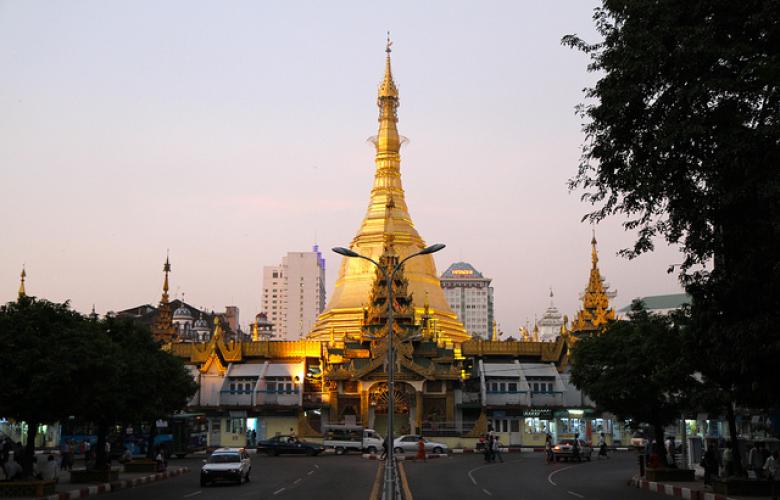Myanmar finalising Urban Development Plan 2040
Contact
Myanmar finalising Urban Development Plan 2040
Myanmar's Ministry of Construction is working with the Japan International Cooperation Agency to provide a vision of the future for three of Myanmar's cities.
Together with the Japan International Cooperation Agency (JICA), Myanmar’s Ministry of Construction (MoC) has reviewed the Urban Development Plan for the cities of Pathein, in Ayeyarwady Region; Mawlamyine in Mon State; and Mandalay.
The MoC’s Urban Development Plan was originally drawn up by the Ministry’s town planning department in 2014, and has been reviewed in light of current conditions, in consultation with local government officials, township development committees, residents, businesses and experts.
Each city has been given a separate vision for its development. Pathein is envisaged as a logistics hub for the region; a centre of local agriculture and a tourist attraction. Its beaches and an expanded riverfront area will sit alongside a central business district and an industrial zone. Mawlamyine will be transformed into an ASEAN corridor city, making the best use of its location to provide good connections with other states, regions, and neighbouring countries, as well as being a comfortable place to live with an important history. It will also benefit from riverside development, industrial zones and a commercial center.
JICA is the largest bilateral aid donor agency in the world, providing technical cooperation, concessionary loans and grant aid, particularly in support of developing regions. The agency has worked in cooperation with Myanmar since 1954 and is currently assisting on a variety of different local projects, from dealing with infectious diseases to economic reform policies and urban development. An upgrade to the railway system between Yangon and Mandalay, led by JICA, is expected to begin in 2017.
Colliers International analyst Joshua De Las Alas is positive about the three cities plan, calling it “overdue” given Yangon’s dramatic pace of property development. “In fact,” he says, “this initiative has been long anticipated. It aims to streamline a more solid framework in terms of land-uses and restrictions. It eliminates uncertainty and guides developers to avoid pitfalls, at least to an acceptable level familiar in a frontier market.”
“While the plan is yet to be made public,” he continues “it is common for some developers to express concerns on its impact to their ongoing projects and future plans; this has also caused a step-back among potential market entrants rather than adopting a wait-and-see approach.”
Overall, he believes the plan should be seen as positive as it will help investors to undertake projects with a more guided approach and should better support due diligence going forward.
Similar to this
Myanmar Government plans low-cost housing public private partnership







